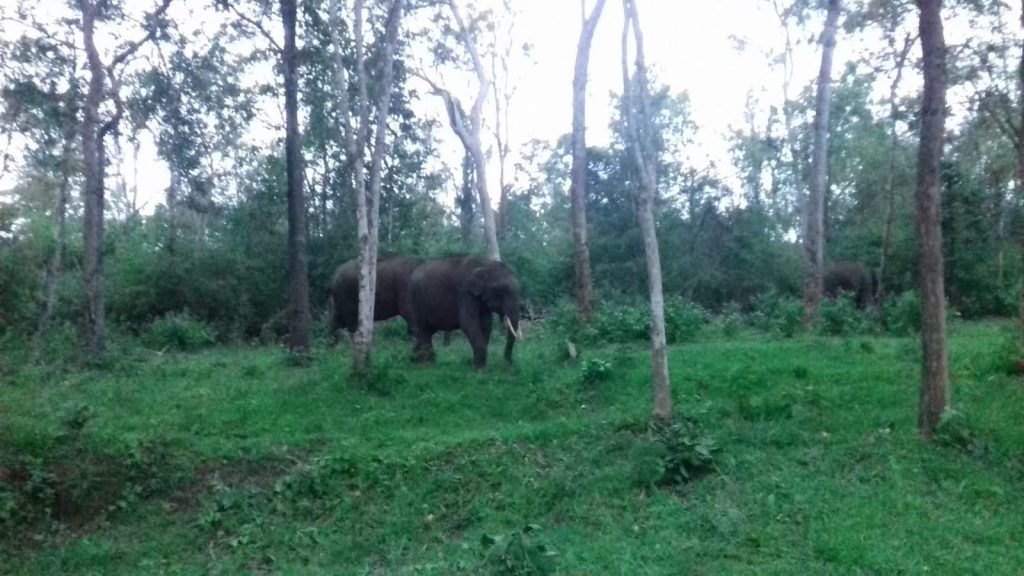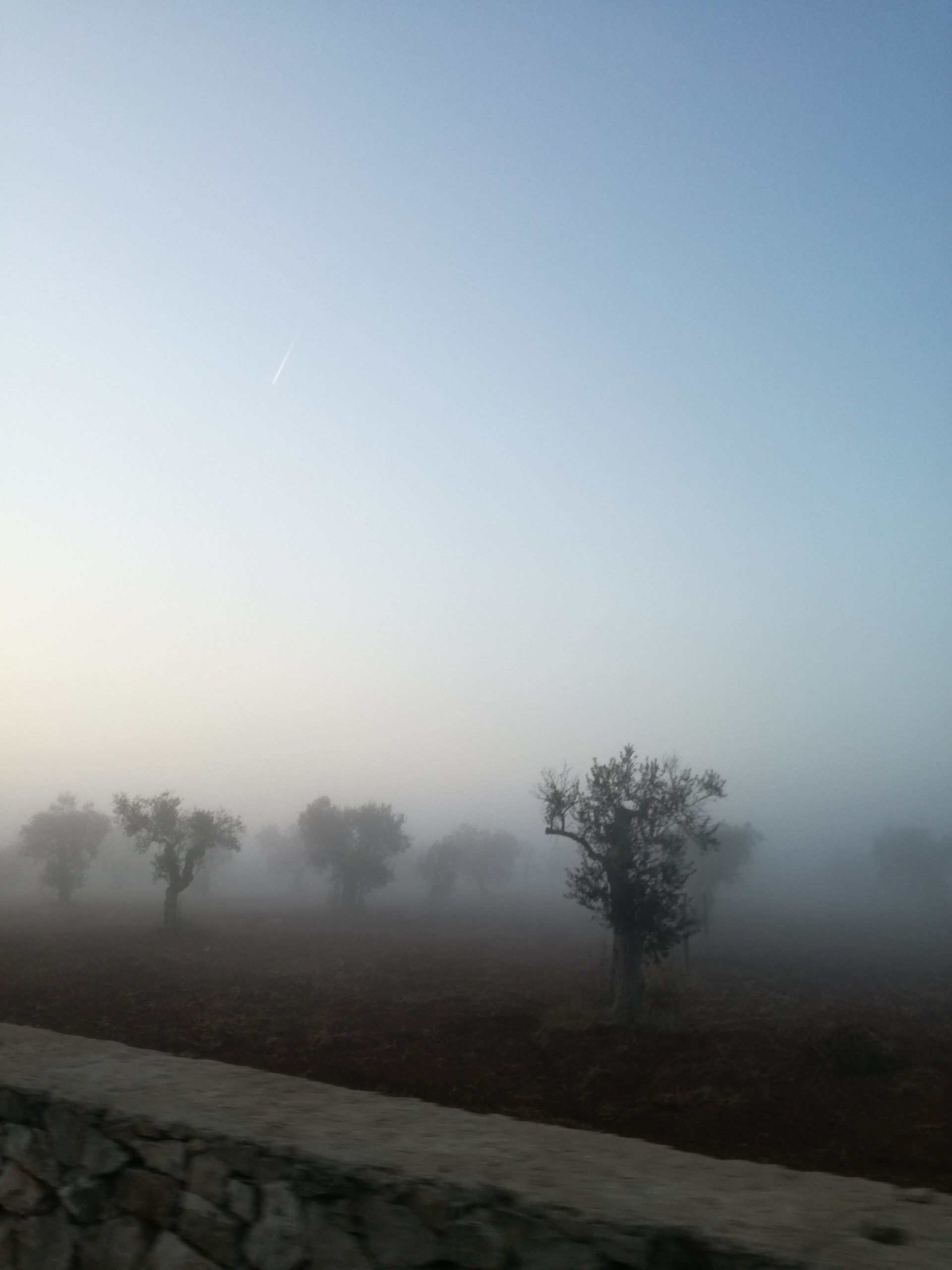It took me four years to process and I believe I have only begun to grasp the myriad perspectives, colors, smells, and diversity I encountered during my time in India. This article mostly talks through pictures, because words would not be able to capture all those colours…
Apart from telling here bits of my India experience, I am also sharing some of the cultivation methods that were disseminated by the NGO I worked for. Farming seems so often so far away. Talking more about how food is produced tears down the barriers towards farmers while valueing their precious work. This is why I will also discuss heirloom seeds – what they are and why they are so important.
How India came across my way
Quite some coincidences happened that brought me there in the first place.
Firstly, during my Master’s, I enrolled in an additional scholarly course on Ethics in Agriculture that I stumbled upon by chance during a little online search. It was taught by an assistant professor who not only taught me a lot about ethical food production but also brought India into the picture. She was looking for a research assistant to help her with various projects involving heirloom seeds and their regulations in different countries. Heirloom seeds are those that farmers save from one year to the next, allowing them to adapt to changing local conditions such as climate or soil conditions. This aspect is crucial, especially in times of rapid change, but is often overlooked when farmers purchase seeds from large corporations. These “standardized” seeds are not local and struggle to grow in conditions that differ from the lab-tested ones. Through this work, I was introduced to scientific research in general and also became involved in a project in India, documenting farmer stories related to heirloom seeds. I worked with a small team of researchers and members of an NGO involved in on-ground distribution of knowledge about seed-saving practices. Together with the NGO our little resesarch team collaborated on a white paper for the Indian government, advocating for the importance of heirloom seeds. This paper was intended to be presented at a seed conference attended by farmers from all over India. They needed assistance with both tasks, so the timing was perfect for me to do my internship.
The NGO we collaborated with is part of an ashram, an international organisation with branches in almost every country. Therefore, as part of the preparation, I was supposed to attend one of the organisation’s courses offered in Munich. In this course, I delved deeper into meditation, breathing exercises, and yoga for the first time. The course definitely had a lasting impact on me and also showed me a new side of Munich with an Indian or very Indian-affine community.
For my Indian visa, I decided it would be better not to apply for a tourist visa but to go through the work visa procedure. However, this took much longer than expected. I knew it could be tight, but I didn’t anticipate it would be that tight. The problem arose because I was staying in Turkey before traveling to India. Fortunately, I was able to enter Turkey with my ID card (after a somewhat amusing investigation when taking the night train from Bulgaria at 2 am) and have my passport sent to a friend who was visiting me in Istanbul. The passport arrived at her place the day before my departure, and she just managed to receive it in time when the post person rang the bell. Ahh this was a nerve-wracking moment.

Once in India, I got introduced to the Ashram. What a place. The world is standing still a bit there and there is definitely a certain person cult going on that was a bit much at times.
One day, when the Guru returned from one of his many world tours, there was a waving, weeping welcome procession.
Additionally, in the ashram, there is also a lot of yoga, healthy food, communal singing, and meditation, with many people seeking exactly that.
A bit jetlagged, but very happy after my first dosa, fresh fruits, and papaya juice. Happy me!
At the NGO, I wrote blog articles, such as this one about the distribution of research funds for organic and conventional agriculture. Through my work, I met many farmers who showed me their farms. The NGO also organised a beekeeping course, where I not only learned about bees (more or less, as the beekeeper occasionally spoke in Kannada), but also made new friends. They invited me to their farms and showed me their practices. There, I learned about the importance of mulching and why it is crucial to keep the soil covered with leaves, straw, or wood shavings. Especially during monsoon seasons with heavy rainfall, valuable soil would otherwise be washed away, or during hot summer months, strong sunlight would dry out the soil.
All these farmers were convinced of making preparations based on cow dung for fertilising plants. Most of them fermented the dung (and if possible/available, cow urine) with oxygen supply by stirring daily along with proteins in chickpea flour, ripe fruits, or raw sugar, and a handful of local soil in a bowl filled with water. The preparation was left to ferment for two weeks and stirred daily before being added to the irrigation system distributing water in the fields.
Here are some impressions from a film recording documenting the process of making the Jivamrut fertiliser (the sugar in spherical form in the plastic bag, the cow dung in the green container, and the cow urine in the plastic bottle (why is it so orange??)).


None of the farmers used pesticides. They say that they do not have large losses due to pests and that the diversity is ensuring a certain equilibrium in the orchards. For propagating plants they save the seeds from one year to the next and exchange them also with other farmers to get new seeds.
Farmers save their heirloom seeds from one season to the next, often crossbreeding them to enhance characteristics like taste and colour. With each generation, the seeds gradually adapt to changing conditions. They undergo an evolutionary process, which may be accelerated and influenced by farmers breeding seeds for desirable traits.
A sanctionary for one of those heirloom seeds is found in my supervisor’s garden. There, I came across some beautiful plants and fruits with two coloured peppers, some bitter curds, crazy eggplants, roseapples (crazy taste), some yellow and red millet, mulching with leaves, spiders also hosted in that garden, beautiful figs, “seed bombs” (seeds put into a dry version of the Jivamrut with manure, protein flour and sugar), some beautiful jackfruits, another beet.













At the NGO, we organised a seed conference celebrating and cultivating the diversity of heirloom seeds. For the seed conference, farmers from all over India came together to exchange their seeds and their knowledge. It was crazy to see the diversity that came together. Lentils, beans in all shapes and colours and crazy shades of millet and rice were traded. The farmer’s shared their story on those heirloom seeds and why they hold on to them despite difficult market conditions. Some of those stories were captured by my colleague Nathalie here.


Some group pictures were taken during the handing-over of the White-paper that we wrote for the Indian government on the importance of heirloom seeds, along with our presentation of a blockchain solution that could incentivise more farmers to save their own cultivated seeds. While the Sari that I gratefully borrowed kind of worked for the photo, it is definitely not an outfit suitable for spontaneous movements or even running. It requires meticulous ironing and pinning in place, which consumes a lot of time. In conclusion, Saris and I are not the best match.
Also in the ashram, lots of singing and dancing with people from all over the world doing some volunteering there. From spontaneous wedding invites with incredibly beautiful flower chains everywhere, also in my hair, meditations underneath the tree, yoga with hundreds of people to set up new record on the international day of yoga, cooking lessons by our friends with incredible curries, curious monkeys and beautiful humped cows in the Ashram’s farm (the orange pee used in the Jivamrut is from them). Also, one night our little group went out to Bangalore to go to a Salsa party. So more dancing. Some of those Indian dancers were very talented and me without any Salsa skills at the time just followed and turned and twisted following the lead.










Bangalore, the garden city







I couldn’t get over the amazing trees I encountered during my escapes to Bangalore. Stepping out of the Ashram into the bustling world was always a bit overwhelming, but also a lot of fun (apart from the intensive starring). Those freshly fried potato chips at every corner (not that I normally like fried food, but those ones – they were on a whole new level!). And then there were the markets, teeming with flowers, aromas, and spices.







On other weekends, farmers I met during Ashram workshops invited me to visit their farms. I am beyond grateful for those experiences, observing how they manage their small family farms using the methods I was researching. Whether it was eating freshly harvested mangoes or learning how to cook dosas and curries, each experience was enriching. One day, Divya and her family took me and my dear roommate from the Ashram, Caro, on a safari in a national park near Mysore. From peacocks to elephants and a gorgeous cheetah, it was an incredible experience.








Also in India
Traveling through India with the train was already an adventure itself. A loot of people, a lot of crazy landscape rushing through to observe, some beautiful trees even at the stations and an interesting fire prevention system for the emergency.




First stop: Beautiful Mysore with its great market



At the time traveling, Goa and Eastern Karnataka were flooded by the monsoon. It was surreal to witness some places submerged under 3 meters of water, yet the trains somehow continued to run through it all.



A very mysterious Indian ocean.



Some impressions from Goa, sometimes wondering whether to be in Portugal or actually in India…






We also went to this National Park to do a safari. What other way to travel than with an aloe vera leave in the backpack… At that point where the picture was taken we found out was just some minutes later a free ranging leopard spotted. Maybe better we did not know about that… Apart from some so beautiful lush landscapes, we came across some animals such as bears, peacocks, deers and a lot of birds. The last three pictures were taken outside of Mangalore where we went to this river delta with a lot of birds (all the white spots).






Some few colours of the very diverse food I encountered there. Indian food is just my favorite. From this sween vermicelli pudding as a sweet desert on a special holiday, coconut chutney for the dosa in the moring, then the wedding food on the banana leaves (sooo goood), some classic Ashram food with a big plate with a lot of different vegetables, lentil daals, soups and the fermented buttermilk and then some jackfruits from my supervisor’s garden.






And then there was Mumbai, a bustling metropolis overflowing with life and energy. I’m grateful for the opportunity to have experienced it.
Thank you, India <3 it was an absolute pleasure!



